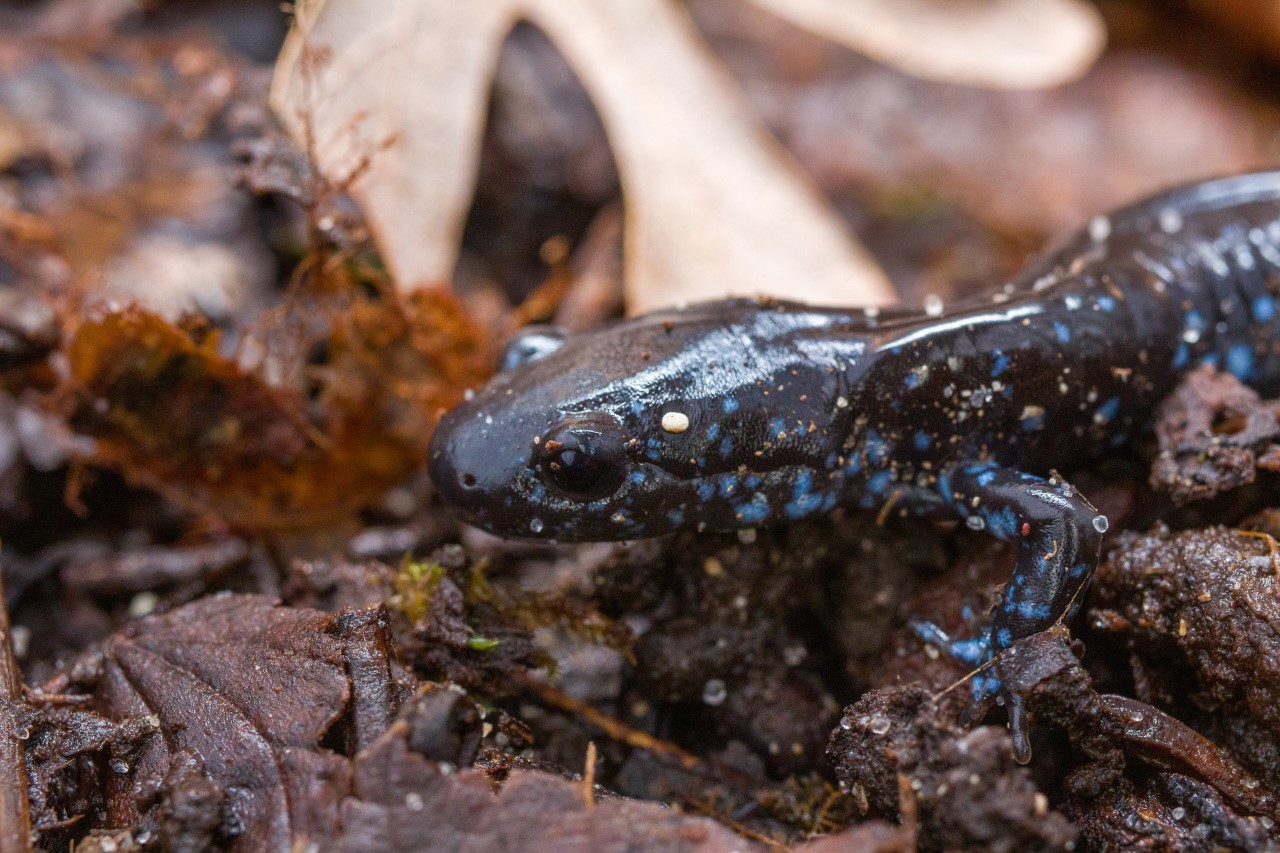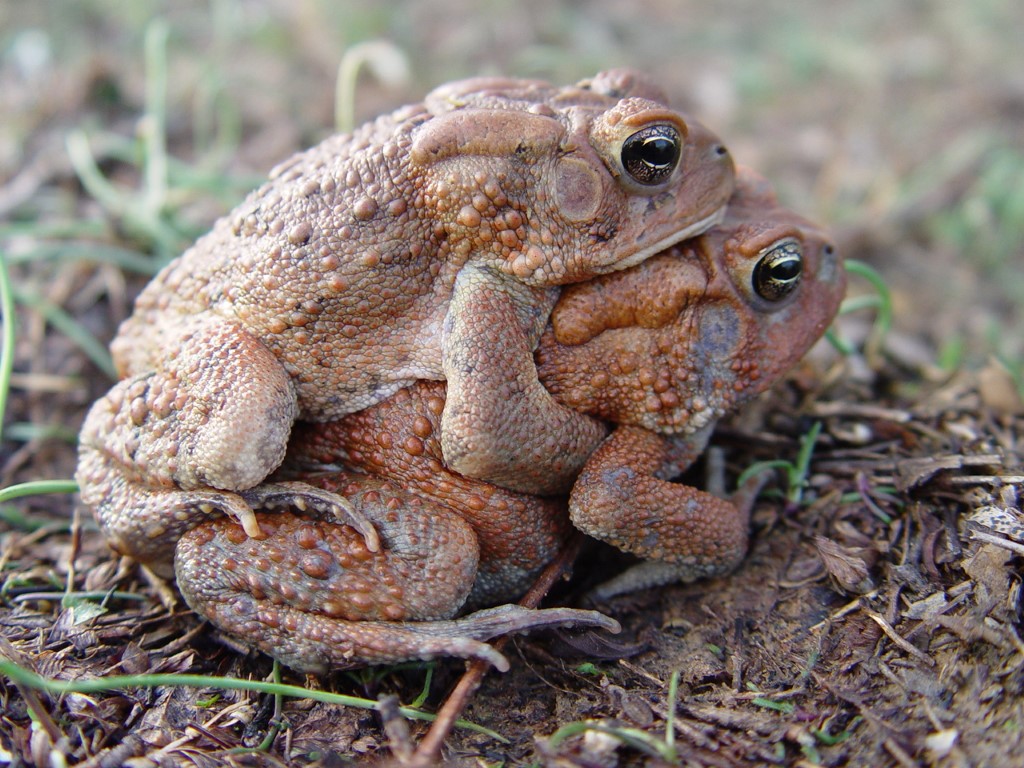Amphibian Activities in Wisconsin
While the seasons are changing, so are amphibians! Each spring, amphibians come out of hibernation and migrate to their nearest pond or stream to begin their breeding season. Some frogs and salamanders will stay in their ponds all winter, buried deep in the dirt and leaves at the bottom. Others go onto land in the fall, digging deep into the ground or using chipmunk and other animal burrows to get below the frost line to wait for spring to come. Moving between winter and summer worlds to new homes is not the only part of an amphibian’s life with big changes. Amphibians also go through a metamorphosis, hatching from eggs in the water and growing while tadpoles in the water. Salamander young are similar to tadpoles, but they have external gills to breath underwater, and by the end of summer, most are growing legs, losing their gills, and moving out of water to live on land.
In Wisconsin, our 19 amazing amphibian species go through this process every year. Some might stay in the ponds and some never go back to water, but they all interact with the environment around them. And just like us, they experience stress from getting sick from changes to their habitats, or even droughts. At the U.S. Geological Survey’s National Wildlife Health Center, scientists focus on understanding how disease impacts amphibians by performing health screenings and investigations of amphibian mortalities (e.g., identification, pathology) in addition to collaborating on many disease research projects.
This Amphibian Week, join us on Saturday, May 10, at the Southern Kettle Moraine Forest Headquarters to learn more about Wisconsin’s amphibians and our work with them! We’ll dive into how amphibians master living in aquatic and terrestrial worlds by adapting to the multiple habitats throughout their lives and how disease can affect them.


